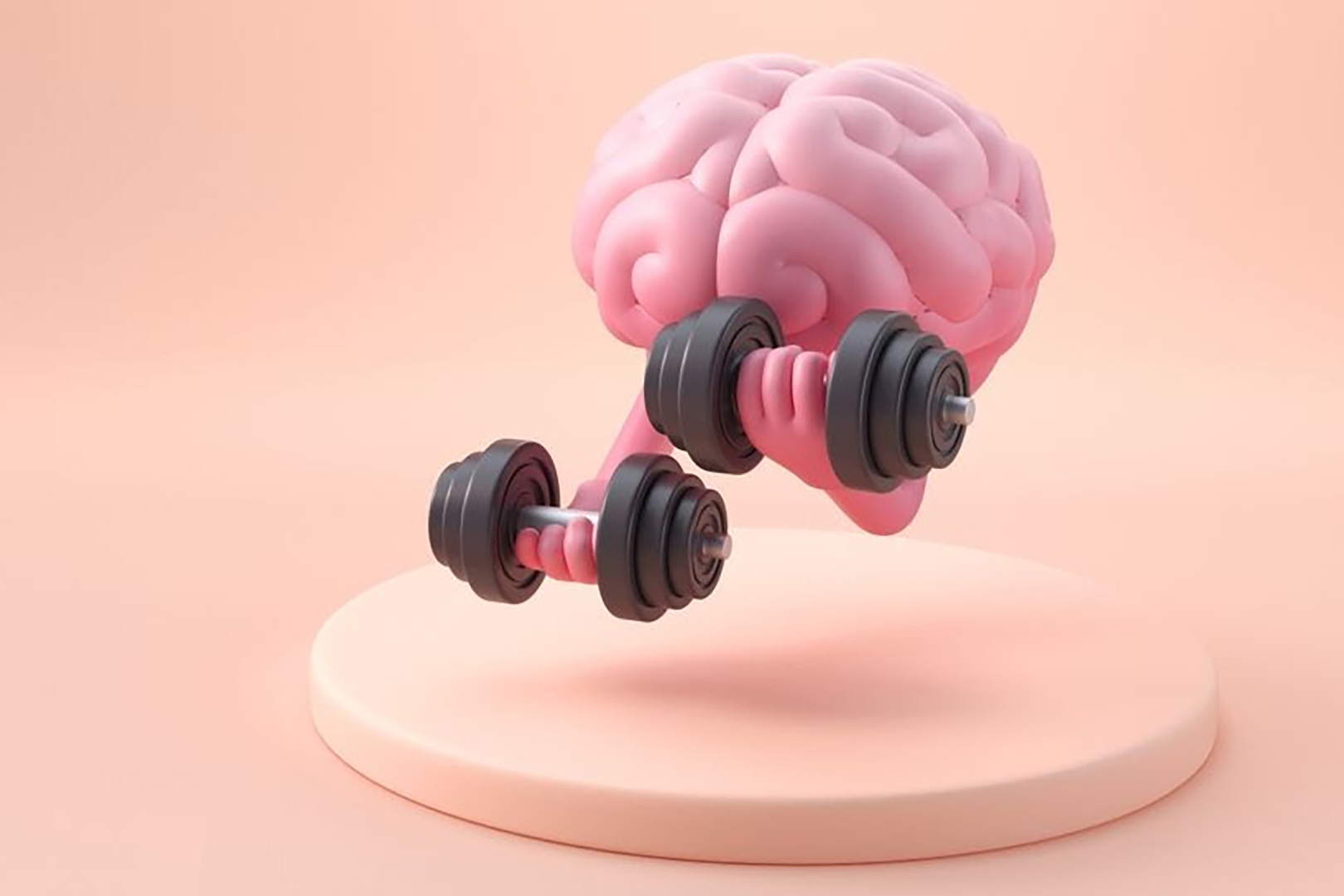Dear readers,
Do you find that your mind races, making you prone to arguments? Or perhaps there are times when you feel shut down and lack the energy for basic tasks? Both of these are examples of nervous system dysregulation, which can leave us feeling unhappy and out of balance. Today, I’d like to discuss how our nervous systems become dysregulated and share strategies to restore balance.
Human beings are wired with a Sympathetic Nervous System (SNS) and a Parasympathetic Nervous System (PNS). The SNS, commonly known as our fight or flight response, developed to help us during times of danger. When the SNS is activated, blood flows to our muscles to help us escape danger, our pupils dilate, and our heart rate increases. The PNS, often called our rest and digest system, is activated when we are calm, allowing us to divert more physical resources to digesting food and procreating.
Our nervous system becomes dysregulated when the SNS and PNS are out of balance, with an overactive SNS. This can manifest in four major ways for different people. Think about times when you are stressed and identify which one describes you best:
Fight: Rage, anger, bullying, intimidation, aggression
Flight: Panic, worry, rumination, perfectionism, ghosting, leaving town, overworking, fear, anxiety, overthinking
Freeze: Dissociation, numbness, stuckness, depression, shutdown, fatigue, self-doubt; often move to fight or flight before regulation
Fawn: No boundaries, codependence, people-pleasing, avoiding one’s own needs, managing other people’s emotions, managing fear by fixing and pleasing
While each of these manifestations may appear different, they all indicate nervous system dysregulation. The strategies to restore balance may vary depending on which archetype you tend to. During moments of strong emotional reaction and dysregulation, it may be challenging to employ new strategies. Therefore, practicing these techniques regularly when calm is essential for establishing new neural pathways. Over time, these practiced strategies will become accessible during moments of dysregulation.
It’s common to overlook the signs of becoming dysregulated, but by slowing down with daily practices, we increase our ability to recognize when we’re heading toward dysregulation.
Here are some daily strategies to master and employ when feeling dysregulated:
1. Engage your senses: Name 3 things you can see, smell, feel, and hear.
2. Body awareness: Focus on the sensations in your feet and hands while taking deep breaths and notice your body’s position.
3. Breathing techniques: Practice box breathing and physiological sighs for at least 5 minutes to regulate the nervous system.
4. Movement: Take a walk or engage in exercise to release tension.
5. Expressive outlets: Journal your thoughts or have a conversation with a loved one to process emotions.
While these practices may initially seem challenging, breaking free from stagnation is often more rewarding. Try these for yourself and let me know what’s working for you!
Warm regards,
Dr. Gajer






